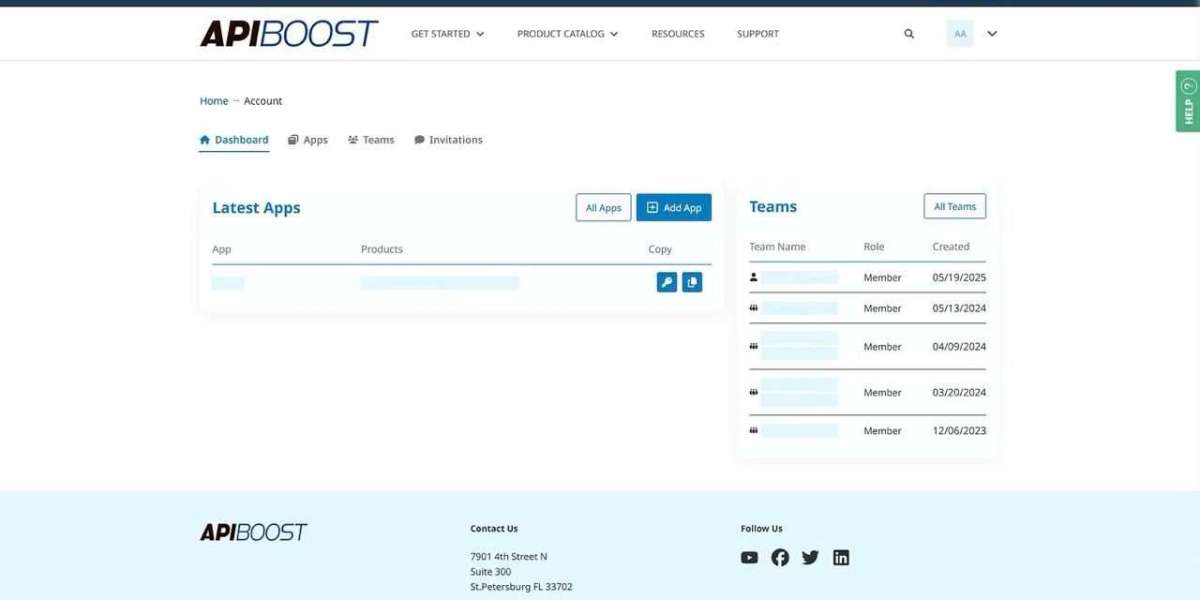Getting developers to adopt your APIs is no simple task. Even if you build an API packed with useful features, it won’t gain traction without the right environment to support its use. Many organizations overlook the critical role of the developer portal and access management when pushing their APIs out into the world. Yet these elements often make the difference between an API that sits unused and one that becomes a core part of your business ecosystem.
This article will explore practical steps to increase API adoption by focusing on developer portals and smart access management strategies.
One Portal to Rule Them All: Simplify Access Across Audiences
Developers—whether inside your company, at partner firms, or external third parties—need straightforward, consistent ways to find and use your APIs. Offering multiple disconnected portals or access points can cause confusion, inefficiencies, and security risks.
A single, unified developer portal that hosts all your APIs — internal, external, and partner-specific — streamlines access. It acts as a one-stop shop where developers can explore, test, and integrate APIs without jumping between systems. This consolidation reduces friction and provides better visibility into who is using what.
Beyond convenience, a centralized portal simplifies governance. You can enforce consistent security policies and monitor usage patterns all in one place. This holistic control is crucial as APIs become more central to business operations.
Documentation that Works: Write for Developers, Not Just for Completeness
Poor or incomplete documentation is one of the top reasons APIs fail to gain adoption. Developers don’t want to sift through vague descriptions or outdated instructions. They want clear, actionable guidance that helps them get started quickly and solve problems efficiently.
Effective API documentation is more than just a reference manual. It should include:
- Step-by-step guides for common tasks
- Code samples in multiple languages
- Interactive tools for trying out endpoints live
- FAQs and troubleshooting tips tailored to the developer audience
Segmenting content to suit different types of users — novices, experts, internal teams, partners — also helps. When developers find relevant, targeted information right away, their confidence grows and adoption rates improve.
Delegated Control: Let Partners and Teams Manage Their Own APIs
In many ecosystems, partners and internal teams maintain responsibility for specific APIs. Trying to centrally manage everything creates bottlenecks and slows down innovation.
Delegated control within the developer portal enables each group to oversee their own APIs while adhering to company-wide standards. This means granting granular editorial permissions and workflows tailored to the needs of various teams and partners.
For example, partners might update documentation, manage access requests, or publish new API versions without waiting on central IT. This autonomy speeds up response times and improves the overall developer experience. The key is to keep control flexible but governed—avoiding chaos while empowering contributors.
Secure Yet Simple: Managing API Keys Without Killing Developer Experience
API key management is often a sticking point. Overly strict policies can frustrate developers, but lax controls invite security risks. Finding the balance is critical.
Automating API key issuance, rotation, and revocation can minimize manual overhead and errors. Offering developers self-service portals where they can generate and manage their own keys encourages active use without burdening support teams.
At the same time, integrating fine-grained access controls based on API products or user roles helps ensure that keys only grant the necessary permissions. This layered approach protects your platform without compromising ease of use.
To see how this looks in practice, take a look at https://www.apiboost.com/ — a developer portal designed with robust API key management alongside flexible access control, all built to promote adoption across various user groups.
Measuring Success: Track Adoption with Meaningful Metrics
Increasing adoption isn’t just about launching great tools—it requires ongoing measurement and adjustment. Key metrics to monitor include:
- Number of active developers using your APIs
- Frequency of API calls and integration points
- Growth in partner-led API projects
- Time to onboard new developers or partners
Developer feedback is also invaluable. Regular surveys, user interviews, and direct support interactions help identify friction points and uncover new needs. This iterative approach allows you to keep refining your portal and access policies to better serve your audience.
Conclusion: Building the Right Foundation for API Adoption
Getting developers to embrace your APIs depends on more than just the code. The surrounding ecosystem — a well-designed developer portal, clear documentation, delegated control, and streamlined access management — plays a huge role.
By offering a centralized, user-friendly platform that balances security with convenience, you set the stage for consistent, growing use of your APIs. Regular measurement and responsiveness to developer needs ensure that your APIs don’t just launch but thrive.
With the right focus, your APIs can become powerful tools for innovation and growth within your business and beyond.














